Country Scotland Offshore/onshore offshore Discovery 1977 Start of production 2005 | Operator BP Start of development 2001 | |
Region Scottish Territorial Waters Block 206/7; 206/8; 206/9; 206/12; 206/15 Partners BP, ConocoPhillips, Chevron Corporation, Royal Dutch Shell, Hess Corporation | ||
The Clair oilfield is an offshore oil field in Scottish territorial waters 75 kilometres (47 mi) west of Shetland in water depths of up to 140 metres (460 ft). It extends over an area of some 220 square kilometres (85 sq mi), covering five licence blocks.
Contents
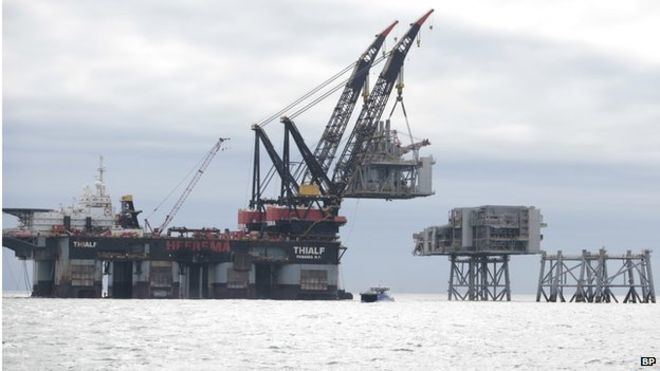
History
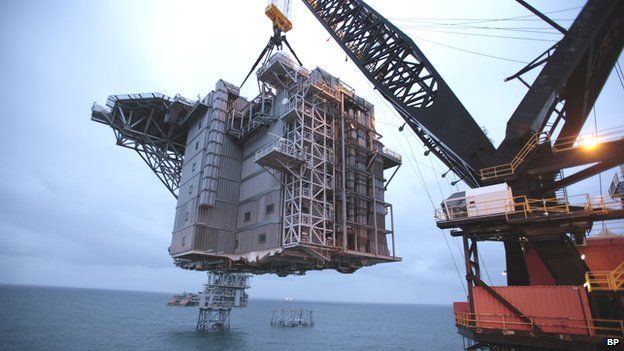
The Clair reservoir was discovered in 1977, with exploration well #206/8-1a penetrating a 568-metre (1,864 ft) oil column in a thick sequence of Devonian to Carboniferous continental sandstone. In the 1980s ten appraisal wells were drilled. This activity demonstrated that the structure extended to an area of some 400 square kilometres (150 sq mi) with static oil-in-place, although it failed to confirm the presence of economically recoverable reserves. Two further wells were drilled in 1991, two in 1992 and one in 1995. Two of these wells (206/8-8 and 206/8-9z) demonstrated the potential for commercial flow rates but were not produced for long enough to give confidence in long term reservoir deliverability.
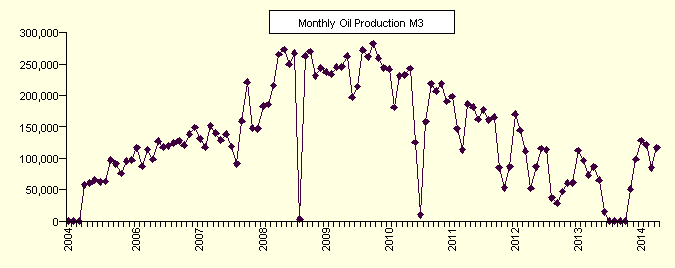
In 1996 there was a breakthrough in the drilling and extended well testing (EWT) of well #206/8-10z. The EWT was followed by the side-tracking of an offset well into the pressure sink created by the EWT. The 1996 well test results set the scope for the 1997 drilling programme and triggered interest in a first phase of development. Two further wells were drilled in 1997 to appraise the 'Graben' and '3A' segments to reduce uncertainty in these areas adjacent to the core area.
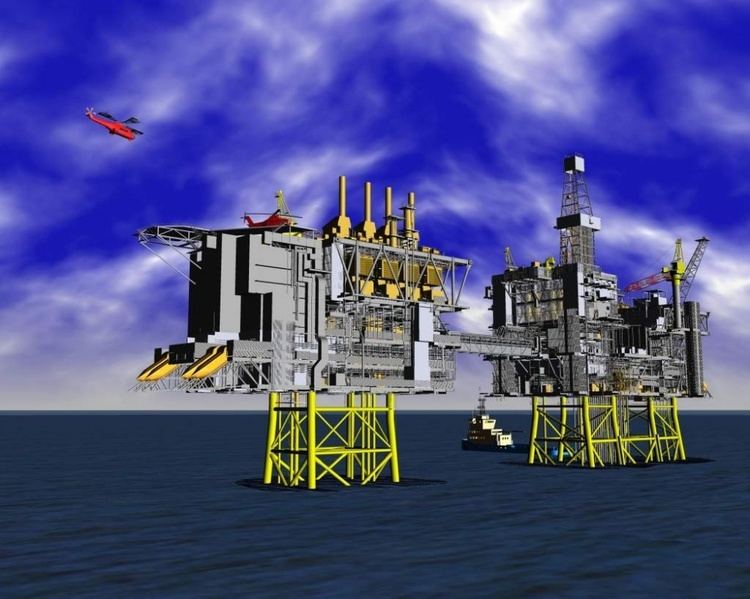
In May 1997 it was agreed by the Clair partners to jointly develop the field. BP was appointed as the operator and programme coordinator. A development plan was approved in 2001, representing an investment of £650m by BP and its four partners in the project – ConocoPhilips, ChevronTexaco, Enterprise, and Amerada Hess. The production facilities were installed in 2004. The first stage of the development was inaugurated on 23 February 2005.
Development
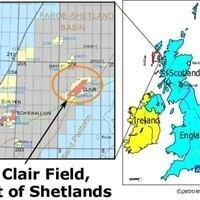
The first phase of development targets the 'Core', 'Graben' and 'Horst' segments of the southern area of the reservoir, which have 1.75 billion barrels (278×10^6 m3), of which 250 million barrels (40×10^6 m3) can be recovered. The development plan includes drilling of 15 producing wells, eight water injectors and one drill cuttings re-injection well. Plateau production is expected to be 60,000 bbl/d (9,500 m3/d) of oil and 20 million cubic feet per day (570×10^3 m3/d) of gas.
Noble Drilling and Wood subsidiary Mustang Engineering, part of the Wood Group, won the contract for Front-End Engineering Design (FEED). They proposed a single steel jacket with an integrated topsides deck with processing facilities, accommodation and a separate modular drilling rig. The steel jacket for Clair is located over the existing 206/8-10z well. The jacket is a four-legged single steel structure with a height of approximately 165 metres (541 ft). At its base, the jacket measures 45 by 50 metres (148 by 164 ft), has a height of 169 metres (554 ft), and a total weight of 8,800 tons. Both jacket and topsides are designed for fabrication, transportation and installation as single fully integrated lifts (maximum 10,500t) that require access to the heaviest lift capability vessels on the installation market. BP awarded the contract for the fabrication of the platform jacket to Aker Verdal.
The contract for the construction of the platform topsides was awarded to AMEC. There are additional processing facilities for offshore power generation, water injection, produced water and cuttings re-injection, surplus gas disposal (export or re-injection) and flare gas recovery. Artificial lift is provided for all producing wells with the option of Electric Submersible Pumps (ESPs) for future well intervention. The operations will feature simultaneous drilling and coil tubing well intervention operations (SIMOPS). The topsides deck (including the flare boom) weighs 10,700 tonnes.
The contract to build the accommodation modules was awarded to Leirvik Module Technology. The accommodation contract involves the fabrication of the living quarters and utility building which have a weight of 1000 tonnes. The contract for the drill rig fabrication contract was awarded to Heerema Hartlepool. The scope of the fabrication work incorporates fabrication of a Derrick Equipment Set (DES) module, with substructure and skid base and a Drilling Support Module (DSM). The work includes equipment installation and extended commissioning and the modules weigh approximately 2000t and 2400t respectively. The entire structure has a design life of 25 years.
A further development phase, called 'Clair Ridge', aims to develop other areas of the field with further fixed platforms. The field contains an estimated 8 billion barrels of oil, with an estimated 120,000 barrels per day production at peak levels.
The UK government approved the £4.5billion Clair Ridge development in October 2011 and production is scheduled to begin in 2016 and continue until 2050. The project involves the construction of a drilling & production platform bridge-linked to a living quarters & utilities platform, with pipelines to transport the oil and gas produced to Sullom Voe Terminal. BP and its partners awarded AMEC the contract for the engineering and project management for the main platform design, with Kværner constructing the platform jackets and Hyundai Heavy Industries constructing the topsides. Subsea 7 fabricated and installed the pipelines, Alphastrut designed and supplied a weight-saving aluminium raised access flooring and ceiling cable containment system, Gordon Engineering designed and manufactured the helicopter refuelling system and Bifab fabricated the flare boom. External blast walls, fire walls and blast rated HVAC ductwork system were designed and fabricated by MTE (Mech-Tool Engineering Limited)
In June 2013, the Clair Ridge platform jackets left Kværner’s Verdal Yard in Norway and they were successfully installed in August 2013. The topsides are due to be installed in 2015.
In March 2013 BP announced that the partnership will begin a two-year appraisal program to explore a third phase of Clair field development.
Partners
The Clair Partnership comprises four partners with the following fixed equity interests:
Crude Oil Quality
Oil produced from the Clair field is characterised as heavy (23.7 API), sweet (0.44% sulphur) and high-acid (TAN= 1.2 mgKOH/g). At the Sullom Voe oil terminal, Clair is segregated from the other principal export grade, Brent Blend. Clair has a relatively lower value to most refiners than Brent being technically more difficult to process as a result of its high acidity and having a lower proportion of light cuts (naphtha, kerosene, diesel).
